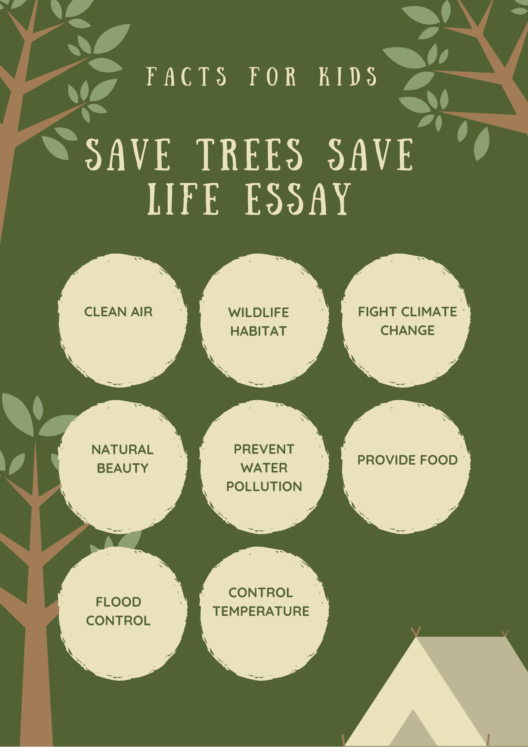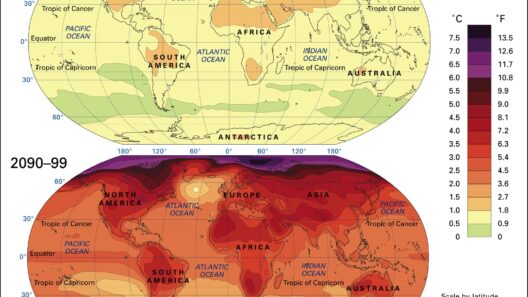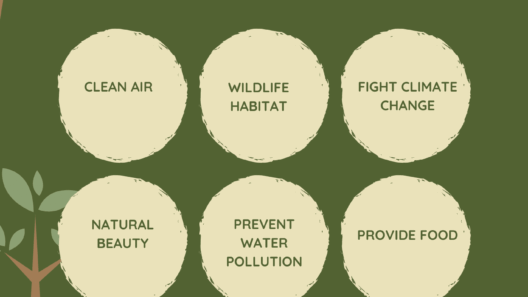Climate change is a contemporary challenge that transcends mere temperature fluctuations and extreme weather patterns. It affects every facet of life on Earth, including aspects most people might not immediately associate with environmental issues, such as oral health. This intersection of global warming and dentistry invites a broader exploration of the implications it has on our well-being, urging us to rethink our relationship with the environment.
The oral cavity, often seen merely as the gateway to our digestive system, is intricately connected to overall health. The mouth is home to a vast number of microorganisms, some of which are beneficial while others can lead to various health issues. Notably, this delicate balance can be significantly disrupted by external factors, among which climate change plays an increasingly influential role.
One of the primary ways in which global warming impacts oral health is through the alteration of ecosystems. As temperatures rise, many diseases evolve, expanding their geographical reach. For instance, the warmer climate supports a proliferation of insects and pests, some of which are vectors for diseases like periodontal disease, gingivitis, and other oral infections. The consequent increase in disease prevalence poses a direct threat to dental health, emphasizing the importance of understanding climate’s broader implications.
Moreover, global warming contributes to shifts in human behavior, particularly concerning diet. With fluctuating crop yields, our food sources may change, leading to dietary deficiencies that can adversely affect oral health. For example, an increase in processed foods—often higher in sugar and acidic content—can lead to higher instances of tooth decay and gum disease. When individuals are compelled to adapt their diets in response to food scarcity, the nutritional inadequacies may further exacerbate oral health problems.
In addition to dietary changes, the rise in global temperatures affects water supplies, which are essential for maintaining oral hygiene. As droughts become more frequent and severe due to climate change, access to clean water for drinking and oral care diminishes. The lack of proper hydration and an inability to maintain oral hygiene results in an increased susceptibility to plaque accumulation and cavities, which can lead to severe long-term consequences for oral health and general well-being.
Furthermore, the linkage between climate change and pollution introduces additional stressors on oral health. Air pollution, exacerbated by rising temperatures and increased emissions, is known to have deleterious effects on lung health, but it does not stop there. Studies suggest that air pollution correlates with a higher risk of oral diseases, including various forms of cancer. The particulates and toxins that enter the bloodstream through the respiratory system can take a toll on the body’s inflammatory responses, negatively impacting oral tissues and leading to chronic conditions such as oral mucositis.
Oral health is multifaceted, comprising not just the physical state of the mouth but also the psychological and social factors that contribute to it. Climate change creates social inequities as communities grapple with consequences like economic stress and displacement. These social determinants of health have profound implications for access to dental care. As communities face the overwhelming burden of climate-related disasters, their resources for preventative care, including regular dental check-ups, diminish, leading to exacerbated oral health disparities across populations.
In addition to these direct impacts, mental health considerations cannot be overlooked. The psychological toll of environmental changes—anxiety over climate impacts, social dislocation due to natural disasters, and the overarching stress of a warming planet—can manifest as neglect of personal health care routines, including oral hygiene. Individuals may become overwhelmed by external stressors, leading to decreased motivation to engage in preventive dental health behaviors. This neglect further compounds the cycle of poor oral health outcomes.
Addressing these intertwined issues necessitates a cross-disciplinary approach. The field of dentistry must evolve to recognize the broader environmental contexts affecting patients. Educational initiatives should promote awareness among both healthcare providers and the public regarding the implications of environmental change on health, including oral health. Advancing research into the connections between climate and oral diseases will be essential to developing strategies that address these emerging challenges.
In tackling the global health crisis posed by climate change, it is vital that oral health practitioners advocate for environmental stewardship and engage in conversations that bridge the gap between environmental health and individual well-being. This includes lobbying for policies that address air and water quality, promoting sustainable practices in dentistry, and encouraging patients to maintain good oral hygiene irrespective of environmental stressors.
In summary, the complex interplay of climate change and oral health demands our urgent attention. As we navigate the intricacies of an evolving planet, recognizing the implications of global warming on our dental well-being is crucial. Oral health, often viewed as a peripheral concern, is inherently linked to the health of our environment. Addressing this relationship holistically not only fortifies individual health but also fosters a more sustainable future for all, bridging the gap between personal and planetary health.








